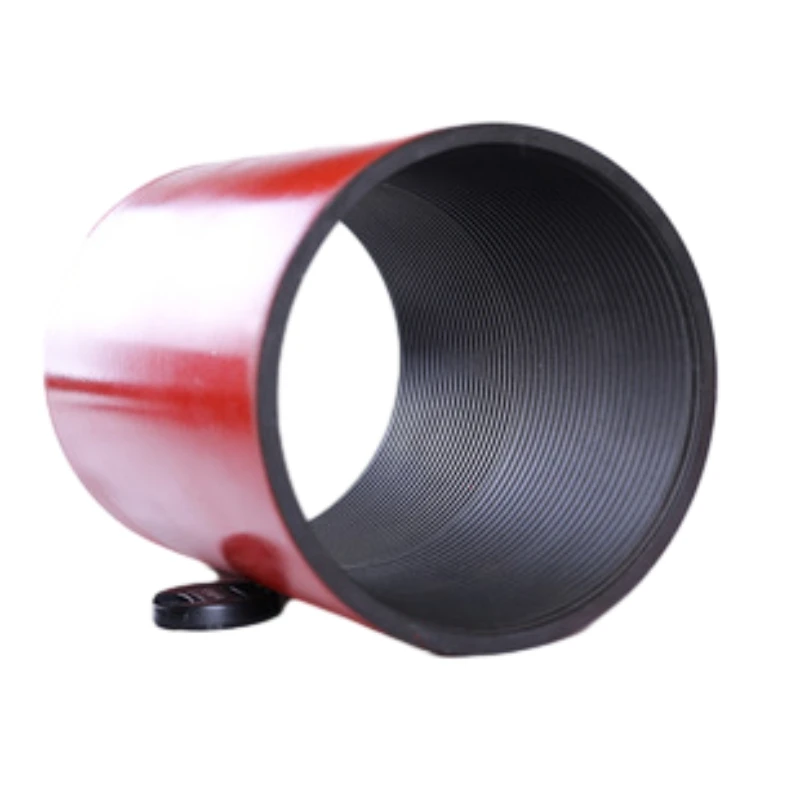- Afrikaans
- Albanian
- Amharic
- Arabic
- Armenian
- Azerbaijani
- Basque
- Belarusian
- Bengali
- Bosnian
- Bulgarian
- Catalan
- Cebuano
- Corsican
- Croatian
- Czech
- Danish
- Dutch
- English
- Esperanto
- Estonian
- Finnish
- French
- Frisian
- Galician
- Georgian
- German
- Greek
- Gujarati
- Haitian Creole
- hausa
- hawaiian
- Hebrew
- Hindi
- Miao
- Hungarian
- Icelandic
- igbo
- Indonesian
- irish
- Italian
- Japanese
- Javanese
- Kannada
- kazakh
- Khmer
- Rwandese
- Korean
- Kurdish
- Kyrgyz
- Lao
- Latin
- Latvian
- Lithuanian
- Luxembourgish
- Macedonian
- Malgashi
- Malay
- Malayalam
- Maltese
- Maori
- Marathi
- Mongolian
- Myanmar
- Nepali
- Norwegian
- Norwegian
- Occitan
- Pashto
- Persian
- Polish
- Portuguese
- Punjabi
- Romanian
- Russian
- Samoan
- Scottish Gaelic
- Serbian
- Sesotho
- Shona
- Sindhi
- Sinhala
- Slovak
- Slovenian
- Somali
- Spanish
- Sundanese
- Swahili
- Swedish
- Tagalog
- Tajik
- Tamil
- Tatar
- Telugu
- Thai
- Turkish
- Turkmen
- Ukrainian
- Urdu
- Uighur
- Uzbek
- Vietnamese
- Welsh
- Bantu
- Yiddish
- Yoruba
- Zulu
coupling for tubing
Coupling for Tubing Ensuring Integrity and Performance in Oil and Gas Operations
In the oil and gas industry, the importance of reliable and efficient tubing systems cannot be overstated. Tubing serves as the conduit for the extraction of hydrocarbons from below the earth’s surface and plays a critical role in ensuring the safe and effective transport of oil and gas to the surface. A key component of tubing systems is the coupling, which is essential for connecting individual lengths of tubulars. This article delves into the various aspects of coupling for tubing, highlighting its significance, types, and best practices in selection and maintenance.
Understanding Couplings
Couplings are mechanical devices used to join two or more sections of tubing. They must provide a strong, reliable connection that can withstand the high pressures and corrosive environments typical of subsurface conditions. Couplings not only enhance the structural integrity of the tubing system but also protect against potential leaks, which can be costly and environmentally damaging.
Types of Couplings
There are several types of couplings used in tubing applications, each designed for specific conditions and requirements
1. Box and Pin Couplings This is the most common type of coupling used in the oil and gas industry. The 'box' end is female, while the 'pin' end is male. This design allows for quick connection and disconnection, making installation and maintenance more efficient.
2. Slip Couplings These couplings do not have any locking mechanisms and allow for axial movement. They are often employed in applications where slight adjustments in length are required due to thermal expansion or contraction.
3. Welded Couplings In environments where maximum strength is required, welded couplings are utilized. These require extensive preparation and welding procedures to create strong, continuous seams that enhance durability.
4. Threaded Couplings Similar to box and pin designs, threaded couplings utilize threads for connection. They are crucial in applications where a tight seal must be maintained.
Selection Criteria
Choosing the right coupling is critical to ensure optimal performance and longevity of the tubing system
. Considerations includecoupling for tubing

- Material Compatibility The coupling material must be compatible with the tubing material and the fluids being transported. Common materials include carbon steel, stainless steel, and various alloys.
- Pressure Ratings Couplings should be selected based on their pressurization capabilities, which should exceed the operational pressures of the specific well conditions.
- Environmental Resistance Corrosion resistance is vital, especially in sour gas environments or areas with aggressive chemical exposure. Selecting corrosion-resistant alloys can extend the life of the coupling.
- Temperature Ratings The coupling must withstand the temperature ranges expected in the application to prevent failure.
Best Practices for Maintenance
Proper maintenance of couplings is essential for ensuring the integrity of the entire tubing system. Some best practices include
- Regular Inspections Routine visual inspections should be conducted to check for signs of wear, corrosion, or mechanical damage.
- Leak Tests Periodic pressure testing can identify leaks or weaknesses in the coupling that need to be addressed.
- Proper Storage When couplings are not in use, they should be stored in a clean, dry environment to prevent oxidation and contamination.
- Documentation and Traceability Keeping detailed records of coupling specifications, inspections, and maintenance activities can help in future assessments and compliance with regulatory standards.
Conclusion
In conclusion, couplings play a vital role in the functionality and safety of tubing systems in the oil and gas industry. Understanding the different types of couplings, selecting the appropriate one based on material compatibility and operational conditions, and adhering to strict maintenance protocols are fundamental steps to ensure optimal performance. By prioritizing these aspects, operators can mitigate risks, enhance efficiency, and contribute to the sustainability of oil and gas operations. Reliable coupling solutions are not just components of a system; they are pivotal to the success of energy extraction processes.
-
Tubing Pup Joints: Essential Components for Oil and Gas OperationsNewsJul.10,2025
-
Pup Joints: Essential Components for Reliable Drilling OperationsNewsJul.10,2025
-
Pipe Couplings: Connecting Your World EfficientlyNewsJul.10,2025
-
Mastering Oilfield Operations with Quality Tubing and CasingNewsJul.10,2025
-
High-Quality Casing Couplings for Every NeedNewsJul.10,2025
-
Boost Your Drilling Efficiency with Premium Crossover Tools & Seating NipplesNewsJul.10,2025







